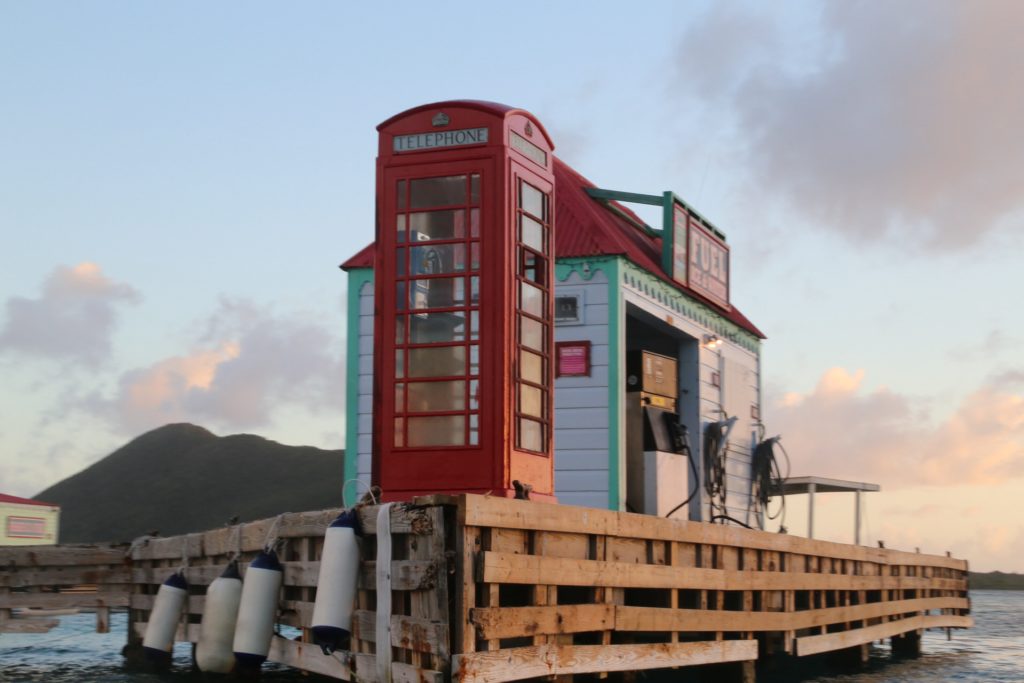Planning Your Sailing Itinerary
The secret to a successful BVI sailing itinerary is to be flexible. Many first time charterers will plan each day months before they arrive, including sailing distances, times, and schedules. And then they learn that neither the wind, the waves, nor the weather have taken that schedule into consideration. In fact, the very islands themselves scoff at such planning. So relax, and take a more dynamic approach to your planning.
General Planning Tips
Prepare a list of must-do’s and must-see’s, but don’t worry about when you will get to them. When you arrive, check the weather, wind, and wave forecasts and decide where to go next. This will assure that you have pleasant sailing and a relaxing vacation. Following are some general rules of thumb to help you plan this way:
Most sail through the BVIs in counter-clockwise direction: up the Francis Drake Passage and then downwind on the north side of Tortola. The tradewinds flow from east to west, and the waves will typically come out of the east-northeast, so sailing eastward into the wind and waves will be the bumpiest sailing on the trip. By sailing eastward up the Francis Drake passage, you are in a relatively protected channel with the wind tamed a bit by Virgin Gorda, and the waves tempered by the entrance to the passage. Your more unprotected sail will then be downwind and downwave westward above Tortola, which can provide some very comfortable surfing in the right conditions.
Of course, this counter-clockwise tip is a general rule, and it is not uncommon for winds and waves to dictate a different direction on some days. Check the forecasted wave direction, height, and period each day prior to sailing. With such easy sailing, the BVIs will lull you into a place of complacency and laziness most days. And just when you think everything is so predictable that you don’t need to check forecasts any more, a wave set will come up out of the least expected direction and foul your day’s itinerary.
Take a moment to consider the waves, planning your sail for the comfort of your crew and your anchorages for the day to be in the lee of an island, protected from big waves if any are present.
Tip! Some beaches will post yellow or red flags when dangerous conditions exist. For example, the beaches at the Baths become dangerous when there are large waves from the north. Heed these warnings, if the locals take the time to put up the flags, it is for good reason.
Perhaps the greatest feature of BVI sailing, and the reason for its popularity, are those steady, warm, predictable tradewinds: always on, always 10-20 knots, always out of the east. Except when they’re not! Check the forecast carefully each evening as you plan the next day, and then again before you sail.
In watching the weather forecast, remember that rain is usually warm, and can be a welcome refresher in short doses. Downpours usually bring a lot of water in a very short period. And although it is usually warm, always be on the watch for hypothermia.
Plan a visit to an anchorage that offers fuel and water about halfway through the week. This will give you a convenient place to top off your tanks without taking much time out of your vacation. Many anchorages offer bonuses if you stay there, such as free ice or water with your mooring. After getting your docking lines ready, call the fuel or water dock on Channel 16 before you approach and they will have someone come help you tie up to the dock.

Always identify a “Plan B” destination before setting sail. Some anchorages are small, and may be full when you arrive. If you have already identified a secondary destination, you will be able to adjust course without the stress of consulting charts and reading cruising guides while circling outside the anchorage.
For the best anchorage selection, sail earlier in the day, and plan to arrive at your final destination by early- to mid-afternoon. Anchorages that do fill up usually don’t do so until mid- to late-afternoon. Arriving earlier will let you spend the rest of the afternoon and evening exploring on shore.
